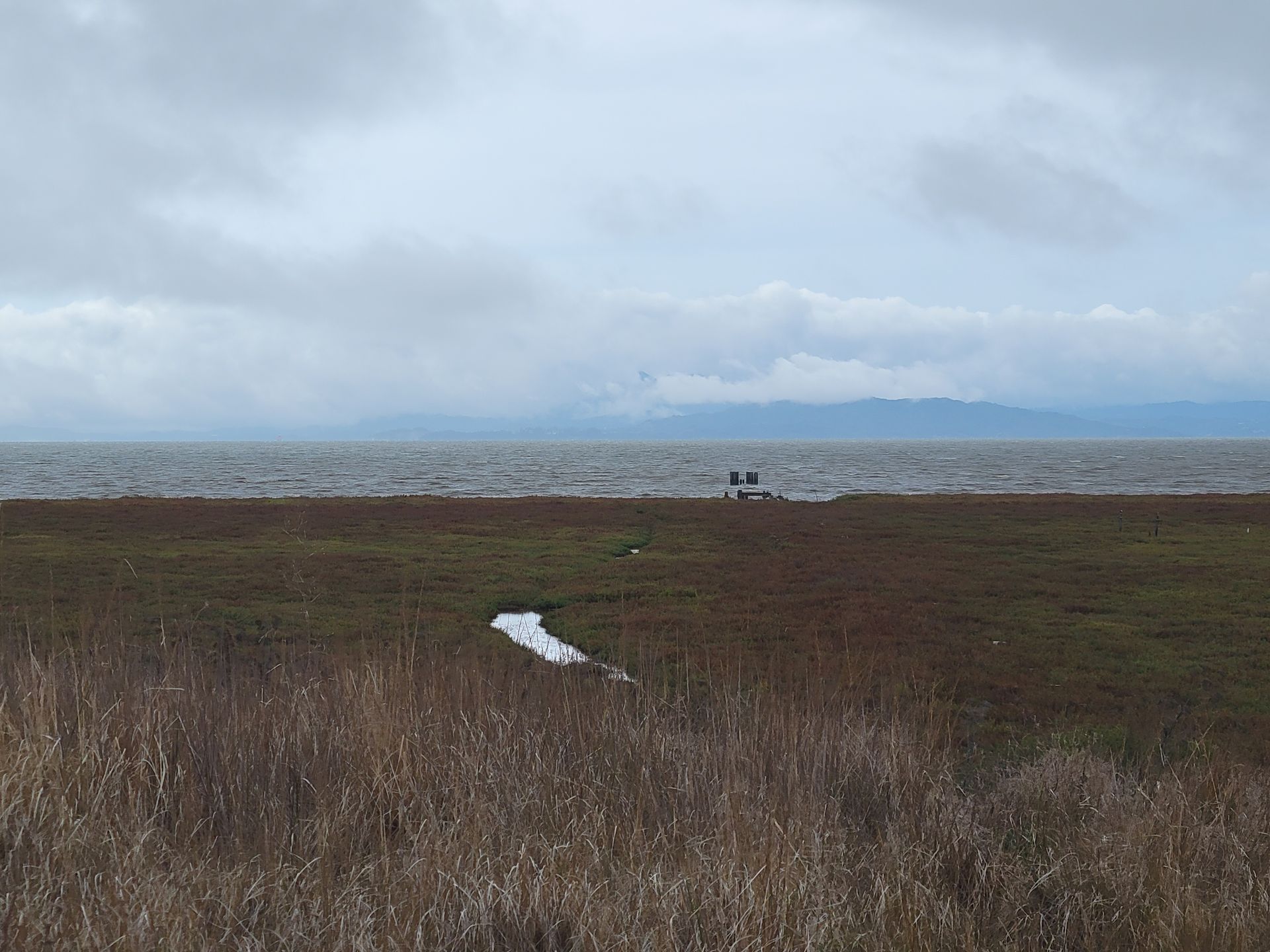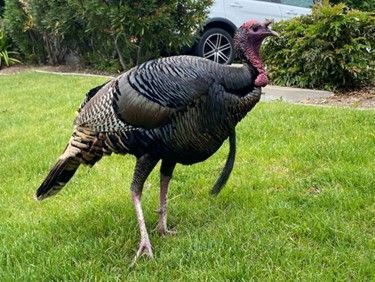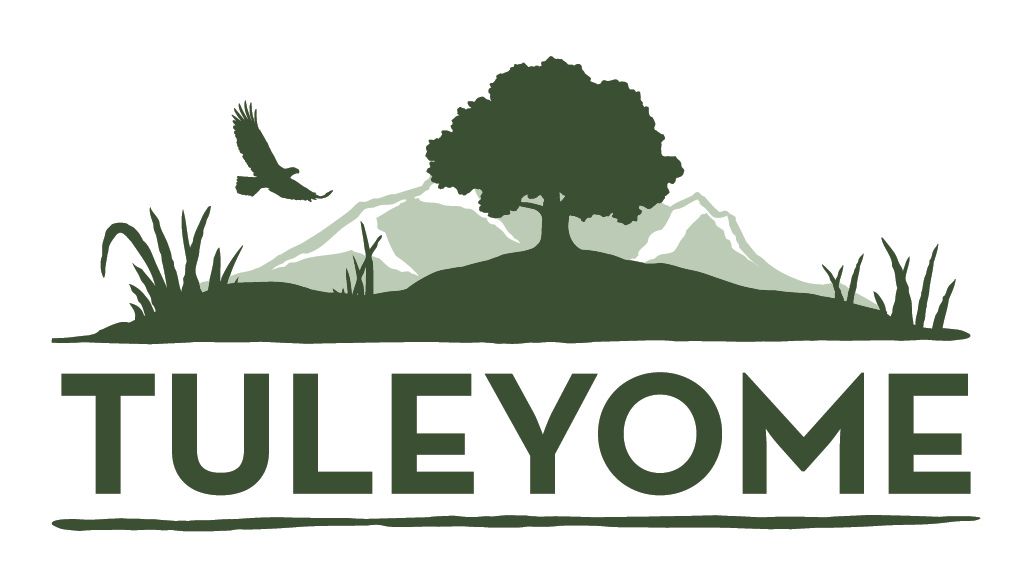Enjoying Outdoors! - What is Community Science?

Do you love to be outside and have a keen eye for making observations? If so, you might be interested in participating in Community Science! Community Science, sometimes also called citizen science, crowd science, participatory science, or civic science is a program where the public contributes their observations, research and data to better the overall public knowledge of a location or region. Definitions and uses of Community Science vary between organizations or communities but generally it is community members volunteering their time to gather information and donate their findings to a general database for public use and contribution.
"Citizen Science" was first used in the mid 1990’s in the United States by ornithologist Rick Bonney and in the United Kingdom by British sociologist Alan Irwin. Bonney used the term to describe projects in which amateur scientists such as birdwatchers volunteered their personal data. Irwin used the term as “developing concepts of scientific citizenship which foregrounds the necessity of opening up science and science policy processes to the public.” Interestingly, neither Bonney nor Irwin was aware of the other's work and defined Citizen Science independently. In 2014, the term made it into the Oxford English Dictionary and is defined as “scientific work undertaken by members of the general public, often in collaboration with or under the direction of professional scientists and scientific institutions.” Citizen Science may play a role in a wide range of studies including natural resource conservation, biology, ecology, health studies, astronomy as well as communications, information and media studies.
There are many opportunities to participate in Community Science in our region, below are a few of the larger events that you may or may not be familiar with.
California Department of Fish and Wildlife Invasive Species Program
The California Department of Fish and Wildlife (CDFW) Invasive Species Program which recruits the assistance of outdoor enthusiasts and concerned community members to assist invasive species monitoring and management. Those involved conduct surveys, collect data and report their findings to CDFW. With the help of many sets of eyes and a new smartphone app, CDFW hopes to get a leg up on identifying and managing invasive species in California. Some of the invasive species at the top of their list range from mammals to invertebrates and include nutria, brown-headed cowbirds, water snakes, red-eared sliders, bullfrogs, carp, piranhas, quagga and zebra muscles, channeled apple snails and New Zealand mud snails among many other species. Click here if you’d like to learn more about the app and to learn more about the project visit here.
Bushy Lake
The Bushy Lake restoration project in Sacramento County is another example of Community Science at work. The project is an ecocultural restoration project and is located near Cal Expo on the Lower American River. The goals of the 86-acre project is to protect, enhance and restore sustainable habitats for northwestern pond turtles, California’s only native turtle, and to enhance the educational interpretation of resources in the Lower American River Parkway. And the turtles aren’t the only species benefiting from the project, there are 139 additional species that call Bushy Lake home as well. The project provides an opportunity for community service for students as well as habitat and species monitoring for private citizens. The data is collected under the Sacramento County Department of Regional Parks as part of the obligations and policies under the American River Parkway Plan. To learn more about the Bushy Lake project here.
The City Nature Challenge
The City Nature Challenge (CNC) began in 2016 as a competition between the California Academy of Sciences in San Francisco and the Natural History Museum of Los Angeles County in Los Angeles to see which city could document the most species observed during an eight-day period. The competition began as a fun and creative way to embrace and better understand urban biodiversity. During the first year over 1,000 people participated with over 20,000 observations being made. The result was outstanding with an approximate 1,600 species documented in each city with new occurrences for both locations.
The idea was too big to keep local and the following year the CNC went national and the next year international and species are now being cataloged across the globe! The CNC now an annual “bioblitz” where cities around the globe compete to see who can record the most species with the most people participating while working together toward a common goal of witnessing and sharing nature. The 2024 CNC resulted in just under 2.5 million observations with 65,682 species being observed by 83,528 participants. To see past results click here. Observations are recorded in iNaturalist and if your city isn’t registered to participate, you can still play along and record your sightings as an individual. To sign up for iNaturalist, visit https://www.inaturalist.org/.
The 2025 CNC will begin on April 25, 2025 at 12:00 am and run until April 28, 2025 11:59 pm. Any observations posted in iNaturalist in the Yolo, Sacramento, Sutter, Placer, Nevada, San Joaquin, El Dorado, Yuba and Amador Counties during that time will be counted toward the Sacramento Region’s total.
Other well-known Community Science projects include the National Audubon Society’s Christmas Bird Count where community members document bird species and numbers annually around Christmas time and Purple Air, the largest real-time air quality database that collects air quality data using sensors on public and private property and reports the results via their website or app. Community Science creates good will in the overall community by engaging community members to notice and appreciate nature.
Keep an eye on our events page, Tuleyome is hosting a Bioblitz at the Woodland Regional Park Preserve on December 14, 2024. Join us so you can participate in Community Science and add your own observations to iNaturalist!
-Kristie Ehrhardt (kehrhardt@tuleyome.org)
Tuleyome Land Conservation Program Manager
RECENT ARTICLES






